Editorial
Never complete
The under-construction highways compromise people’s right to safe and affordable travel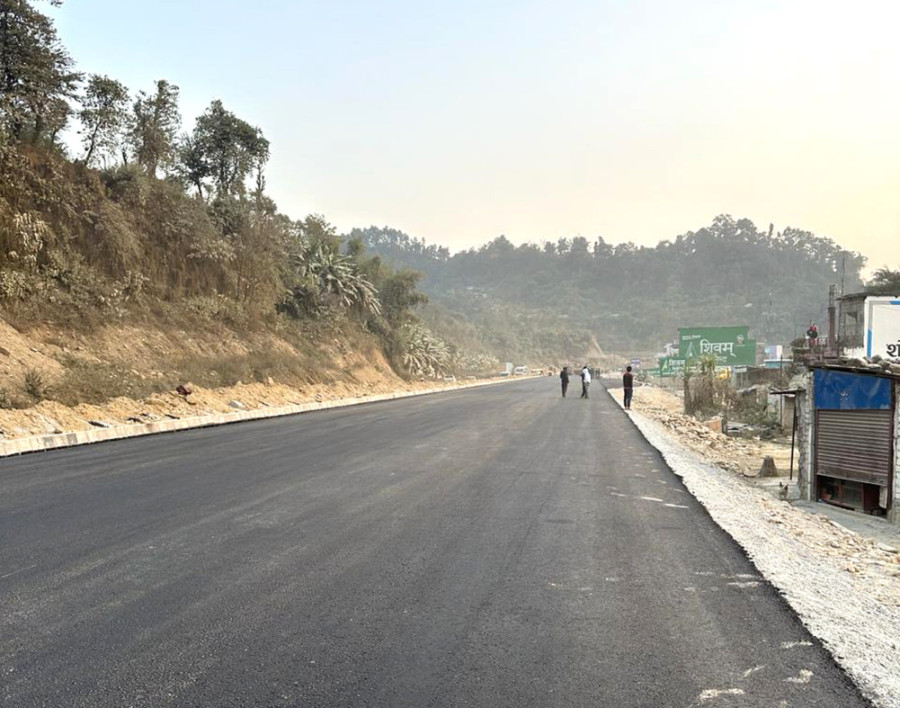
Nepal’s highways and major roads have for long been “under construction”. The road widening project along Prithvi Highway’s Muglin-Malekhu section, the main gateway to the federal capital, has been progressing at the snail’s pace, with only 26 percent of work completed in 28 months. The Muglin-Pokhara section of the highway, which connects the ‘tourism capital’ Pokhara, also remains unfinished. Similarly, the construction of Kathmandu-Tarai Expressway, which began in August 2017, missed its initial four-year target, with the deadline extended to mid-April 2027. The East-West highway’s Narayanghat-Butwal section, which connects Lumbini, Karnali and Sudurpaschim provinces to Kathmandu and beyond, is also under construction. Moreover, other highways like Araniko, Kanti, Mechi and BP highways, which suffered significant damage last monsoon, are also in a sorry state. Such a persistent stagnation is largely due to contractors’ apathy and lack of government’s effective oversight.
Whenever Nepal’s highways undergo repairs, expansion or construction works, people’s right to an uninterrupted and safe commute is compromised. These prolonged construction works also hamper the country’s economic growth. Dusty roads directly affect people’s health, while bumpy roads make commuting difficult and uncomfortable. With the monsoon season around the corner, travelling is bound to get tougher as poor roads often increase the number of accidents, resulting in deaths and injuries. Tourism and hotel industries in Chitwan and Pokhara have been affected, and the situation is not satisfactory in other tourist destinations as well. Tourists are often hesitant to take routes under construction, hitting the businesses of hotels and related businesses. Likewise, local materials and products don’t find a market, adding to people’s economic woes.
Poor management of roads, including the absence of a code to regulate road development and related activities and poor adherence to laws have exacerbated the problem. For instance, even as the Public Roads Act 1974 requires building of temporary roads to allow unhindered vehicular movement, our authorities have failed to make such provisions mandatory for contractors. Contractors often cut corners and avoid compliance, while the government consistently fails to hold them to account or investigate the causes behind delays. Additionally, even as the constitution stipulates that only the national highways come under the federal government, the tendency to bring smaller roads and bridges under the jurisdiction of federal ministries derails the focus of the federal authorities, delaying the construction of major roads.
National highways are the lifeline for our economy, and prolonged delays in their completion only hinder the country’s development aspirations. It’s not that there have been no positive steps—the government decided to hold the contractor of the Narayanghat-Butwal road section responsible for the repair and maintenance of the road section for five years after completion, up from the previous provision of one year. Such an accountable model could be emulated in other road projects to ensure contractors are more responsible for their work. As vital is coordination among different government levels and agencies, which often don’t work in tandem on infrastructure development.
For many in Nepal, roads are the only feasible means of transport. It is up to the state authorities to ensure their right to travel safely and affordably. Good roads are no less important for the country’s continued economic development.




 10.12°C Kathmandu
10.12°C Kathmandu



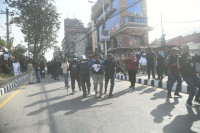

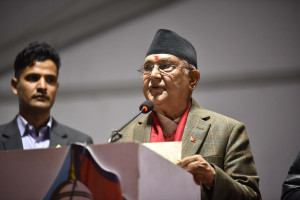
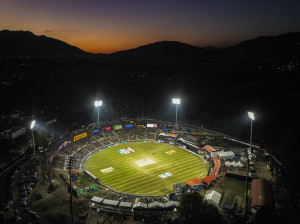
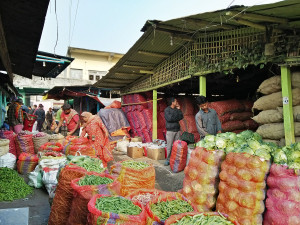
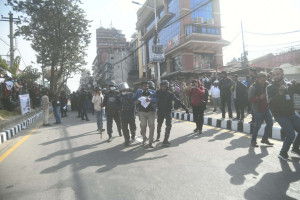



%20(1).jpg&w=300&height=200)

